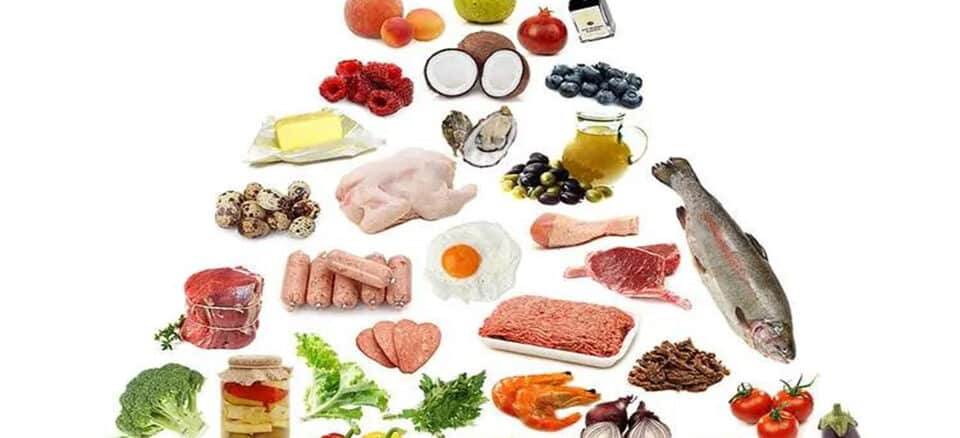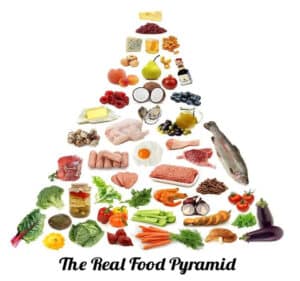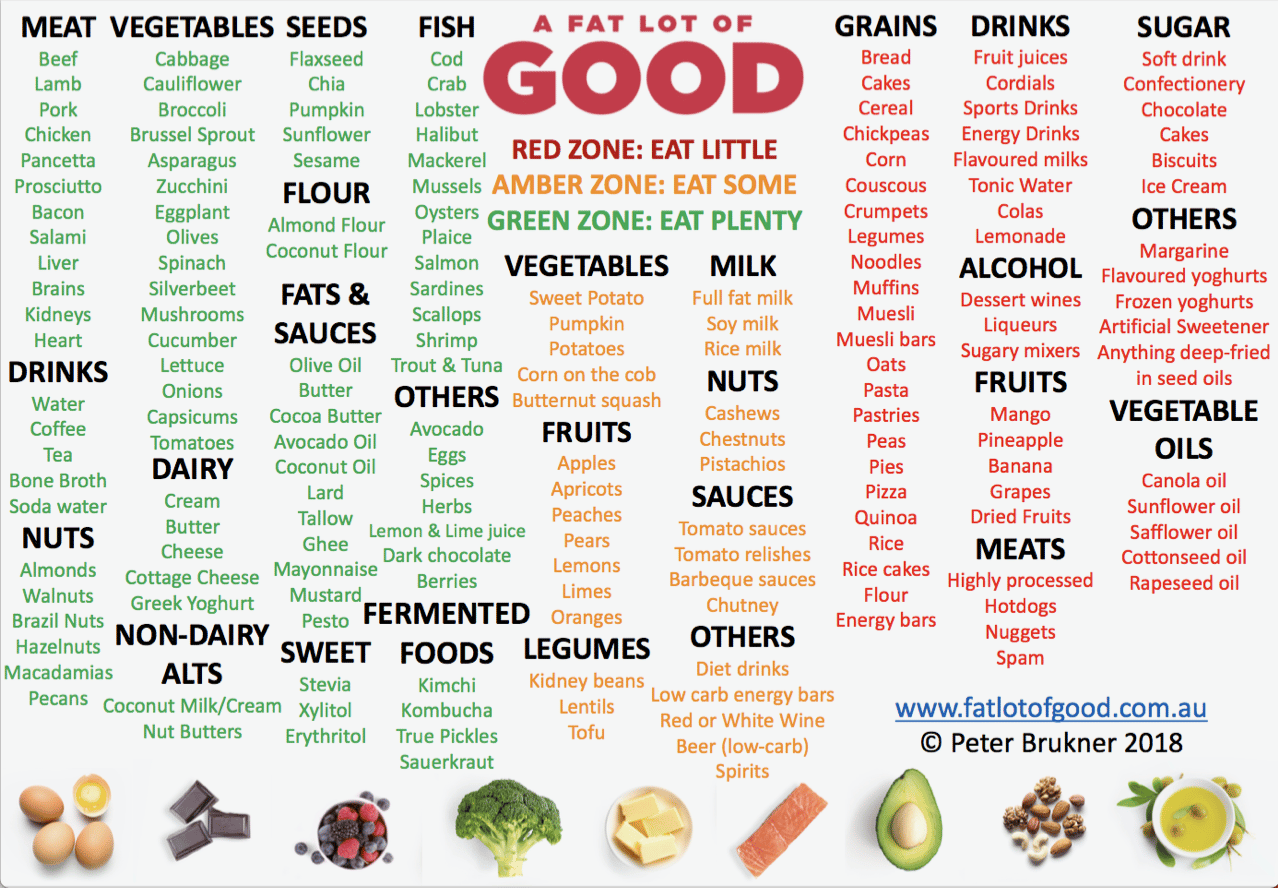- September 14, 2022
- Avi Charlton
- Uncategorized
Low Carb Diet Plan Australia
Too much baking, chocolate, treats, snacks? Need to lose weight? You could be surprised that weight loss is 80% with diet and only 20% with exercise. Imagine a diet that can help you lose weight, reduce your risk of diabetes and heart disease, and many other conditions, improve your energy level, reduce hunger and may even get you off your medications prescribed by your doctor.
This diet is also sustainable. It is not a diet. It is a lifestyle. The diet recommended by doctors that understand metabolic conditions are Low Carbohydrate way of eating. We promote eating real food. Real food is meat, vegetables, whole foods, dairy products, poultry, seafood, eggs and healthy fat like nuts, avocado. Real foods does not include packaged foods, refined carbohydrates, refined or artificial sweeteners and artificial seed oils.
Traditional ideas about weight loss like counting calories does not work. It requires lots of willpower. Eating less by reducing calories leaves you hungry. Moving more will also leave you hungry. Whilst weight will drop off using these methods, it is often regained when hunger takes hold and you start eating normal again. Quite often you regain more than you lose.
To understand how to lose weight, it is important to understand the hormones.
Insulin
Insulin is a hormone made by the pancreas to move glucose to become fat for storage. If your blood stream has high glucose all the time, more and more insulin is produced to store these glucose to fat. This insulin subsequently starts to work less effectively, developing insulin resistance. Don’t forget, eating starches, including bread, pasta, rice, etc, breaks down into glucose as it enters the body.
When your body has insulin resistance, body fat is stored away, unable to be used. You constantly feel hungry. The more carbohydrates you eat, the more insulin is made and the less effective insulin works. To reduce insulin resistance, we need to help the hormone work again by reducing insulin in the blood stream. To do this, we need to reduce carbohydrate intake. We also need to give the body a break not eating constantly.
A low carb diet, combined with time restricted eating or intermittent fasting is a very powerful tool to reduce insulin resistance, and subsequently losing weight. It is recommended to start with a low carb diet first. After a few weeks of getting used to low carb eating, we can also try time restricted eating and even intermittent fasting.
Time restricted eating means eating breakfast, lunch and dinner and not snacking in between. For example, milk, sugar, tea and coffee are also considered a snack as the calories in these will raise insulin. Intermittent fasting means that some day, you can go longer without meals. For example, this could mean a 16 hour fast and eating in an 8 hour window. e.g. skip breakfast, have lunch at 11am and have dinner finished before 7pm.
Benefits of a Low Carb Diet:
- Lose weight and help you maintain your weight.
- Stop feeling hungry.
- Reduce your risk of metabolic disease, including hypertension, diabetes, heart disease, Alzheimer’s disease and many other diseases.
- Reduce your insulin levels, which in turn reduce blood glucose and risk of diabetes.
- Improve energy level, reduce mental fogginess.
- Improve cholesterol profile by reducing triglyceride
- and increasing HDL (good cholesterol).
- Improve mental function and mental health. It may reduce your risk of depression.
- Improve digestion, gut health.
- Improve sleep.
- May improve many other chronic diseases like chronic pain, cancer, arthritis, dementia, and other inflammatory conditions. More evidence is needed.
How to Start a Low Carb Diet
- Eat meat, fish, chicken, vegetables (mainly above ground, non root vegetables), eggs.
- Eat healthy fat including nuts, cheese, healthy oils (butter, olive oil, coconut oil).
- Avoid sugar, starch (including rice, bread, pasta, beans, potatoes), processed foods.
- Avoid most fruit, except a small amount of berries.
- Avoid seed oils – vegetable oils, canola oils, sunflower oils, rice bran oils.
- Avoid sugar drinks.- soft drinks, fruit juices, cordials, energy drinks, dessert wines, liqueurs.
- Avoid starchy vegetables – e.g. potatoes, sweet potatos, legumes, lentils, peanuts, peas.
Conclusion | Low Carb Diet Plan Australia
Disclaimer
This article does not provide treatment or individual medical advice. Please see your own medical practitioner about change in lifestyle.
I am Dr Avi Charlton.
I have a special interest in nutrition and lifestyle medicine. I have done training with Low Carb Down Under and Nutrition Network.
You can contact me at
avi.charlton@mlcclinic.com.au
www.dravicharlton.com
Follow me on Facebook or Instagram dr_charlton_low_carb_GP
Resources
- Diet Doctor
- A Fat Lot of Good book by Dr Peter Brukner
- Low Carb Down Under
- Nutrition Network
- more resources can be found on my resources page
This post was originally written for Bright Ideas publication for the Knox City Council in Nov 2020.






